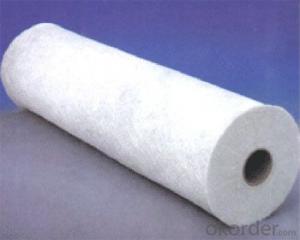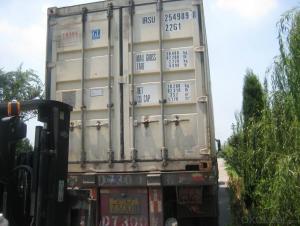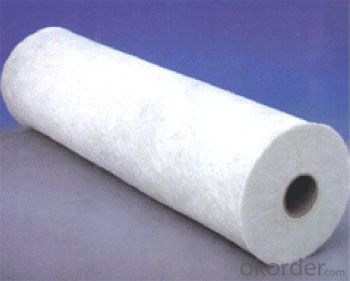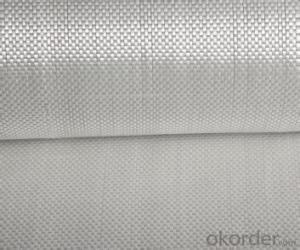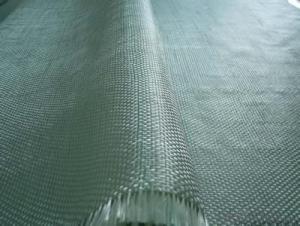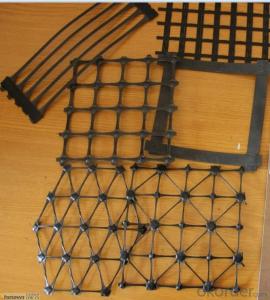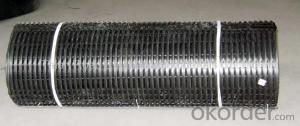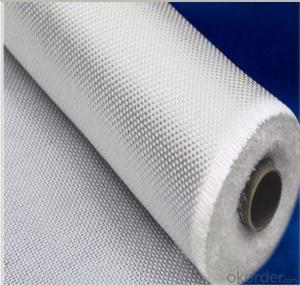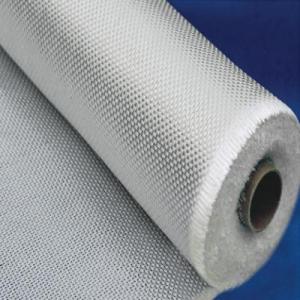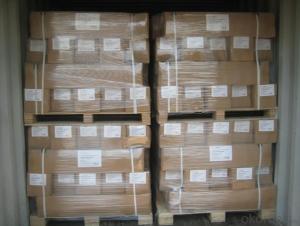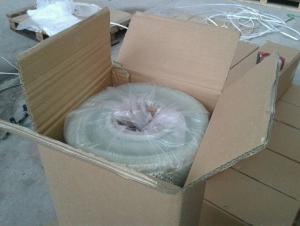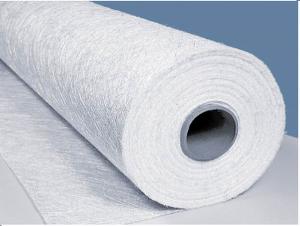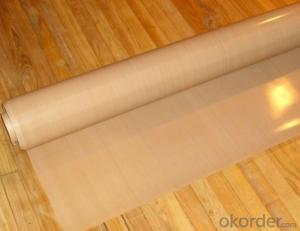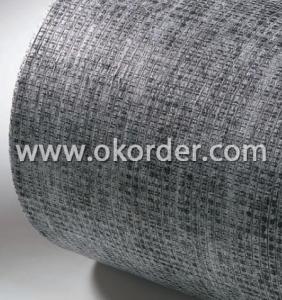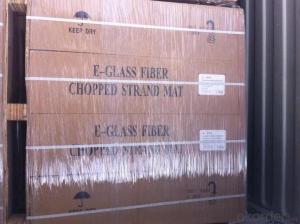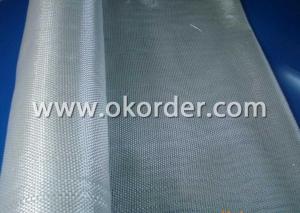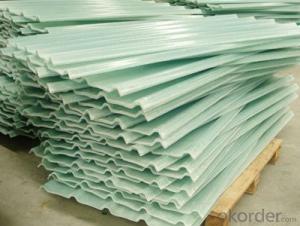Fiberglass Fabrics - E Glass Fiber Stitched Fabrics
- Loading Port:
- China Main Port
- Payment Terms:
- TT or LC
- Min Order Qty:
- 10000 kg
- Supply Capability:
- 200000Kg Per Month kg/month
OKorder Service Pledge
OKorder Financial Service
You Might Also Like
Product Description
1. Including Knitted mat,Stitched multi-axial fabric,Stitched combination fabrics.
2. Compatible with unsaturated polyester,vinyl resin and epoxy resin.
3. Applicable for pultrusion, hand lay-up and RTM processes.
1. Consistent thickness and excellent surface treatment.
2.Superior anisotropy and isotropy characteritics.
3.Rapid impregnating and good compatibility with resin.
4. Uniform tension,high dimensional stability and making handing easy.
5.Good mechanical properties and high strength of parts.
Technical Data Sheet
Item | Over Density | Moisture Content | Chop Density | Polyester Yarn | Width |
(g/m2) | (%) | (g/m2) | (g/m2) | (mm) | |
EMK300 | 309.5 | ≤0.15 | 300 | 9.5 | 50-3300 |
EMK380 | 399 | 380 | 19 | ||
EMK450 | 459.5 | 450 | 9.5 | ||
EMK450 | 469 | 450 | 19 | ||
EMC0020 | 620.9 | 601.9 | 19 | ||
EMC0030 | 909.5 | 900 | 9.5 |
FAQ
Packaging&Storage
Eech roll is packed by polyester bag,and then put into a cardboard box or plastic wowen bag.The weight of each roll is between 20 to 85 Kg, The rolls are to be horizontally placed and could be in bulk or on pallet.Optimum storage conditions are between the temperature of 5~35℃ and with the humidity between 35%~65%.The product should be used within 12 months from the time of delivery and remain in theiroriginal packaging until just prior to use.
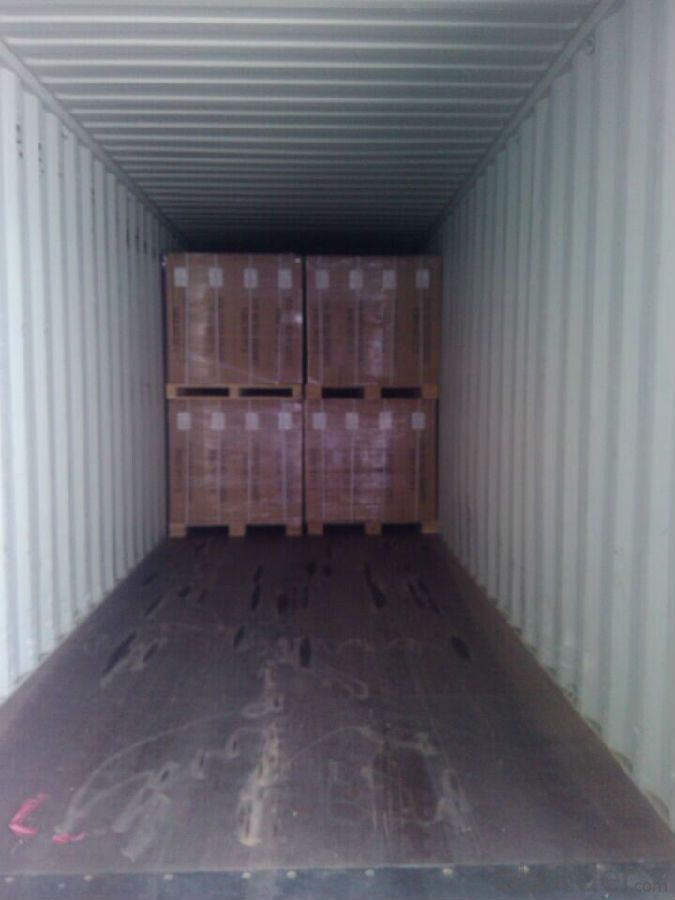
- Q: Are fiberglass fabrics suitable for use in marine environments?
- Fiberglass fabrics prove to be highly suitable for utilization in marine environments due to their exceptional strength and durability, rendering them an ideal material for marine applications. With a resistance to corrosion, moisture, and UV rays that are frequently encountered in marine settings, fiberglass fabrics are renowned for their exceptional performance. Furthermore, these fabrics possess remarkable thermal and electrical insulation properties, further enhancing their practicality for marine use. Additionally, the flexible and efficient design options in boat building and repair are made possible by the ease with which fiberglass fabrics can be molded into various shapes and sizes. In summary, the combination of strength, durability, corrosion resistance, and versatility establishes fiberglass fabrics as an outstanding choice for marine environments.
- Q: How does fiberglass fabric perform in flexibility?
- Fiberglass fabric is known for its excellent flexibility. It can be easily bent, twisted, or molded into various shapes without losing its structural integrity. This makes it a versatile material that can be used in a wide range of applications, from automotive and aerospace industries to construction and recreation.
- Q: How is fiberglass fabric used in the production of insulation panels?
- Due to its exceptional thermal insulation properties and durability, fiberglass fabric is widely used in the manufacturing of insulation panels. The fabric, woven from glass fibers, offers a lightweight yet sturdy material that exhibits high resistance to heat, moisture, and chemicals. In the realm of insulation panel production, fiberglass fabric serves as the primary insulation material, typically sandwiched between two facing materials. These facing materials can be composed of aluminum foil, paper, or other fabrics, allowing for a versatile range of options. By acting as the core insulation layer, fiberglass fabric effectively hinders the transfer of heat. Its distinctive composition traps air pockets within its fibers, resulting in a significant reduction of heat conduction. Consequently, this fabric boasts outstanding thermal insulation properties, rendering it a preferred choice for insulation panels. Moreover, fiberglass fabric serves as a reinforcing component in insulation panels, contributing to their strength and stability. This reinforcement prevents panels from sagging or losing their shape over time. Consequently, the insulation panels are able to maintain their insulating properties even when subjected to external pressures or vibrations. In addition, fiberglass fabric is renowned for its fire-resistant qualities. It does not burn or emit toxic gases when exposed to fire, making it a safe and dependable option for insulation panels. This aspect is crucial in ensuring the overall safety of buildings, as it aids in preventing the rapid spread of fire and allows for sufficient time for evacuation. In conclusion, fiberglass fabric plays a vital role in the production of insulation panels, offering excellent thermal insulation, reinforcement, and fire resistance. Its versatility and durability make it an ideal material for various applications, ranging from residential buildings to industrial facilities. By contributing to energy efficiency and comfort, fiberglass fabric greatly enhances the overall performance of insulation panels.
- Q: Can fiberglass fabric be used for welding blankets?
- Yes, fiberglass fabric can be used for welding blankets. It is a popular choice due to its heat resistance and ability to withstand sparks and spatter from welding operations.
- Q: Is fiberglass fabric resistant to moisture absorption?
- Yes, fiberglass fabric is resistant to moisture absorption. This is because fiberglass is made from fine fibers of glass, which are inorganic and non-hygroscopic. These fibers do not react with water and are not easily penetrated by moisture. As a result, fiberglass fabric remains resistant to water absorption, making it a suitable material for applications where moisture resistance is important, such as in outdoor and marine environments.
- Q: How do fiberglass fabrics perform in terms of breathability for human comfort?
- For human comfort, fiberglass fabrics typically do not perform well in terms of breathability. This is due to their dense and tightly woven structure, which restricts the circulation of air. Consequently, efficient ventilation and airflow are not possible, causing discomfort and increased moisture accumulation on the skin. Moreover, fiberglass fabrics are commonly utilized in situations where thermal insulation is necessary, such as insulation materials or protective clothing. The insulation properties of fiberglass fabrics can confine heat and moisture, further diminishing breathability and potentially causing discomfort to the wearer. It is worth mentioning that there are alternative fabric choices available that offer superior breathability for human comfort. Natural fibers such as cotton, linen, and bamboo, as well as synthetic materials like polyester and nylon, are often favored for their ability to allow air to circulate more freely, thus keeping the body cool and dry. Therefore, if breathability and comfort are of utmost importance, it is advisable to consider fabrics other than fiberglass.
- Q: How to identify the warp and weft direction of glass fiber cloth?
- An endless word, usually more dense than woof
- Q: Can fiberglass fabric be used for insulation boards?
- Certainly, insulation boards can utilize fiberglass fabric for their insulation needs. With its low thermal conductivity, fiberglass proves to be an exceptionally efficient insulating material. It is widely employed in the construction sector specifically for insulation purposes, including the enhancement of insulation boards. By applying fiberglass fabric as an additional layer, the thermal resistance of the boards is heightened, effectively impeding heat transfer. Moreover, the fabric's lightweight nature, flexibility, and effortless installation make it a versatile choice for numerous insulation applications. Notably, fiberglass fabric's resilience against moisture and fire further contributes to its appropriateness for insulation board implementation.
- Q: How does fiberglass fabric handle mold and mildew?
- Fiberglass fabric is highly resistant to mold and mildew growth. This is primarily due to its composition and properties. Unlike organic materials such as cotton or wool, fiberglass is made from inorganic materials, mainly glass fibers. These glass fibers are tightly woven together to create a strong and durable fabric. One of the key reasons why fiberglass fabric is resistant to mold and mildew is its non-porous nature. Mold and mildew thrive in moist environments, and organic materials provide a suitable food source for them. However, fiberglass fabric does not absorb moisture, making it difficult for mold and mildew to grow. Additionally, the smooth surface of fiberglass fabric does not provide crevices or areas for mold spores to settle and grow. Furthermore, fiberglass fabric is often treated with a special coating during the manufacturing process. This coating adds an extra layer of protection against mold and mildew. It acts as a barrier, preventing moisture from penetrating the fabric and inhibiting the growth of mold and mildew. However, it is important to note that although fiberglass fabric is highly resistant to mold and mildew, it is not entirely immune. If the fabric is exposed to prolonged periods of high humidity or damp conditions, there is still a slight possibility for mold and mildew to develop. Regular cleaning and maintenance, along with keeping the fabric dry and well-ventilated, can help prevent any potential growth. Overall, fiberglass fabric's non-porous nature, smooth surface, and often applied protective coating make it an excellent choice for environments where mold and mildew resistance is a concern. Its resistance to these types of growths contributes to its longevity and durability, making it a preferred material for various applications such as insulation, protective clothing, and construction materials.
- Q: Is fiberglass fabric resistant to chemicals in agricultural applications?
- Yes, fiberglass fabric is generally resistant to chemicals in agricultural applications. It is known for its excellent chemical resistance, making it suitable for use in agricultural settings where exposure to various chemicals and fertilizers is common.
Send your message to us
Fiberglass Fabrics - E Glass Fiber Stitched Fabrics
- Loading Port:
- China Main Port
- Payment Terms:
- TT or LC
- Min Order Qty:
- 10000 kg
- Supply Capability:
- 200000Kg Per Month kg/month
OKorder Service Pledge
OKorder Financial Service
Similar products
Hot products
Hot Searches
Related keywords
